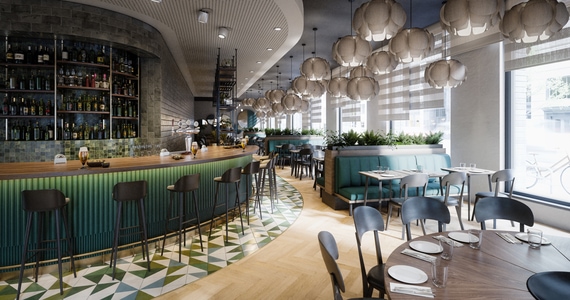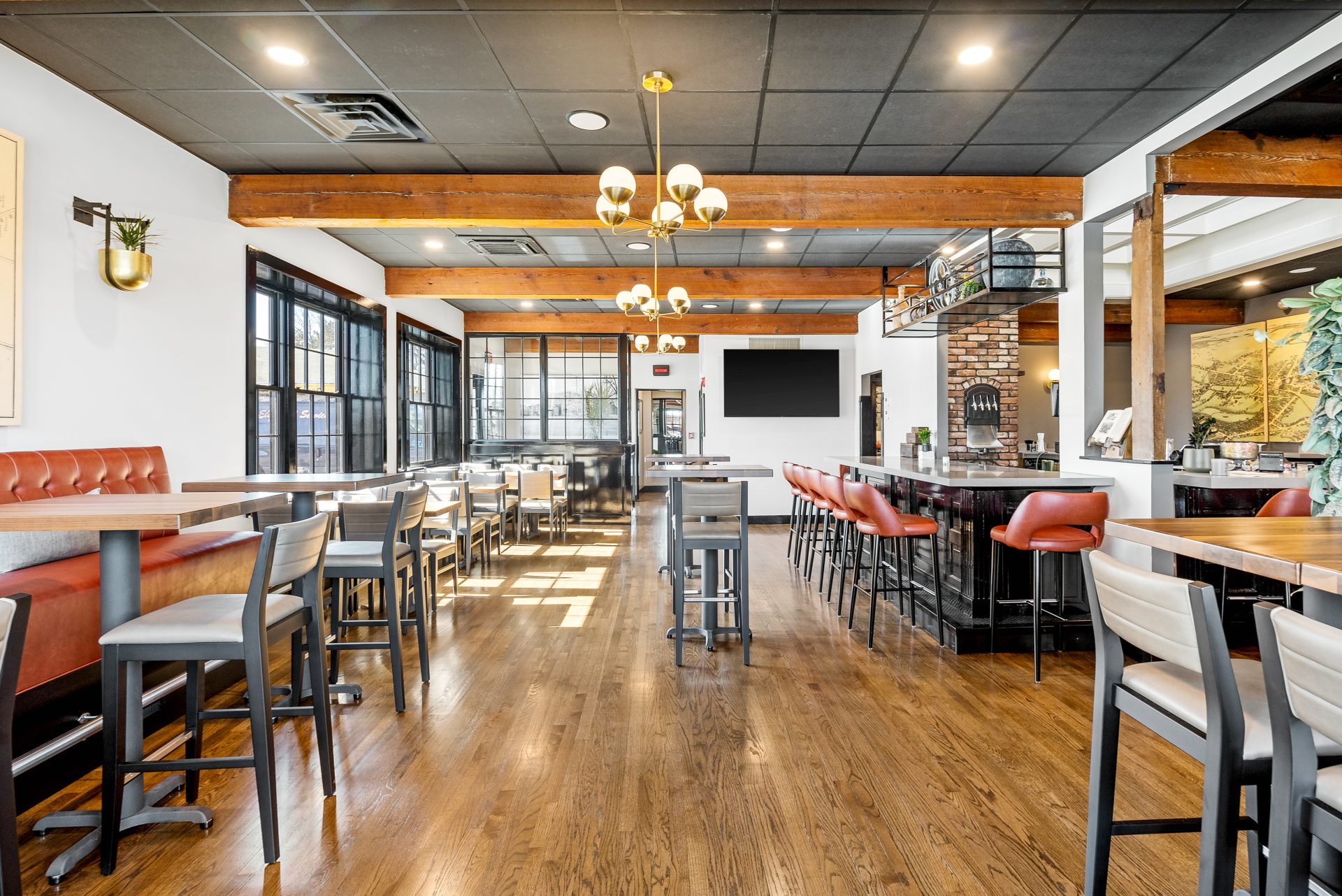Why Eating at Local Restaurants Sustains Your Area and Delights Your Taste Buds
Eating at neighborhood dining establishments supplies more than simply a dish; it functions as a vital component in supporting area vigor and financial durability. By purchasing from these establishments, individuals not only delight in diverse culinary experiences however also contribute to neighborhood job production and the support of regional farmers. This cooperative relationship promotes an abundant tapestry of flavors that shows neighborhood culture and heritage. The implications of such choices prolong far beyond the plate, welcoming us to think about just how our dining habits shape the neighborhoods we populate. What might this mean for the future of neighborhood dining and community connection?
Economic Influence of Local Dining

The economic influence of regional dining prolongs far past the restaurant itself, influencing a variety of markets within the neighborhood. Neighborhood dining establishments play a pivotal role in stimulating economic growth by producing work, supporting regional suppliers, and contributing to metropolitan earnings. When customers pick to eat at regional facilities, they aid endure work for chefs, servers, and maintenance team, hence boosting the local task market.
Additionally, regional restaurants often resource components from close-by farms and manufacturers, promoting a robust supply chain that profits numerous agricultural sectors. This technique not just supports local economies yet likewise encourages lasting farming practices. Additionally, the sales tax obligation produced from these restaurants adds to important civil services, such as education and learning and facilities, which even more boosts neighborhood quality of life.
Additionally, neighborhood dining establishments often foster a sense of area, attracting residents and site visitors alike, which can lead to raised foot web traffic in bordering companies. This interconnectivity amongst regional ventures improves financial strength, producing a vibrant and sustainable area ecosystem. In significance, the assistance of regional eating is an investment in the wider financial wellness of the area, advertising development and sustainability for future generations.
Distinct Culinary Experiences

In addition, many neighborhood facilities accept farm-to-table practices, emphasizing the significance of seasonal produce. Restaurants can appreciate the freshness of ingredients sourced from close-by ranches, which not just boosts taste yet also promotes a connection to the regional landscape. This dedication to top quality and locality sets the stage for distinct culinary experiences that are typically absent in chain restaurants.
In addition, local chefs regularly explore fusion cuisine, mixing diverse culinary traditions to create exciting brand-new dishes. Such development not only tantalizes the palate yet also urges daring eating, inviting patrons to widen their cooking perspectives. Engaging with local restaurants permits diners to take pleasure in meals that are not nearly nutrition, yet about the virtuosity and enthusiasm that define the culinary globe, making every eating experience absolutely one-of-a-kind and wonderful.
Strengthening Area Bonds
Eating at local dining establishments plays a crucial duty in enhancing neighborhood bonds by fostering connections amongst locals. These establishments function as important meeting place where individuals can take part in significant discussions, share experiences, and create lasting memories. As customers regular the same neighborhood areas, they grow a sense of knowledge and friendship, reinforcing social connections within the community.
Additionally, local dining establishments frequently mirror the distinct social fabric of their areas, showcasing regional customs and cooking heritage. This party of neighborhood culture not just enhances neighborhood identification but likewise urges locals to take satisfaction in their surroundings. By taking part in the neighborhood dining scene, individuals add to a shared narrative that binds them with each other.
Area events held at dining establishments, such as open mic nights, fundraising events, or food events, further enhance these connections. They give opportunities for partnership and interaction amongst varied teams, fostering inclusivity and understanding. As citizens collect to sustain neighborhood businesses, they concurrently sustain each other, creating an interconnected network that strengthens the neighborhood's durability.
Essentially, eating at neighborhood dining establishments is not merely about food; it is an enriching experience that fortifies neighborhood bonds and cultivates a lively, united regional society.
Sustaining Regional Farmers and Manufacturers

This technique reduces transport costs and discharges, advertising ecological sustainability while also boosting the taste and top quality of the recipes offered. Seasonal food selections, which highlight local fruit and vegetables, allow restaurants to use unique cooking experiences that show the region's farming bounty.
In addition, supporting local farmers aids protect traditional farming methods and urges biodiversity. It encourages small-scale manufacturers, permitting them to prosper in a progressively industrialized food system. As local restaurants choose to companion with these farmers, they aid maintain a vibrant agricultural area, making sure that local food systems remain resistant.
In this website essence, eating at regional dining establishments is not merely concerning delighting in a dish; it is an investment in the local economy and an affirmation of lasting methods. By choosing local, diners play a necessary duty in supporting their areas and supporting the industrious individuals who grow their food.
Protecting Local Society and Heritage
Rooted in the traditions of their neighborhoods, local restaurants function as vital custodians of social heritage. By showcasing regional ingredients and traditional cooking techniques, these establishments maintain the distinct tastes and cooking methods that specify local identity. Each dish tells a story, showing historical influences and cultural narratives that have formed the community over generations.
In addition, local dining establishments usually champion time-honored dishes gave through households, making certain that unique cultural practices remain active. This not just informs patrons about the area's heritage but additionally promotes a feeling of pride and belonging amongst homeowners. The atmosphere, décor, and also songs in these facilities usually echo the local society, offering an alternative experience that goes beyond simple dining.
Additionally, neighborhood dining establishments contribute to the preservation of language and languages, as food selections and discussions typically integrate local vernacular. By taking part in area events and events, these dining establishments enhance social bonds and advertise dig this cultural exchange. Basically, eating at regional restaurants is not just a cooking experience; it is a chance to involve with and sustain the abundant tapestry of neighborhood society and heritage, guaranteeing its continuity for future generations.
Final Thought
